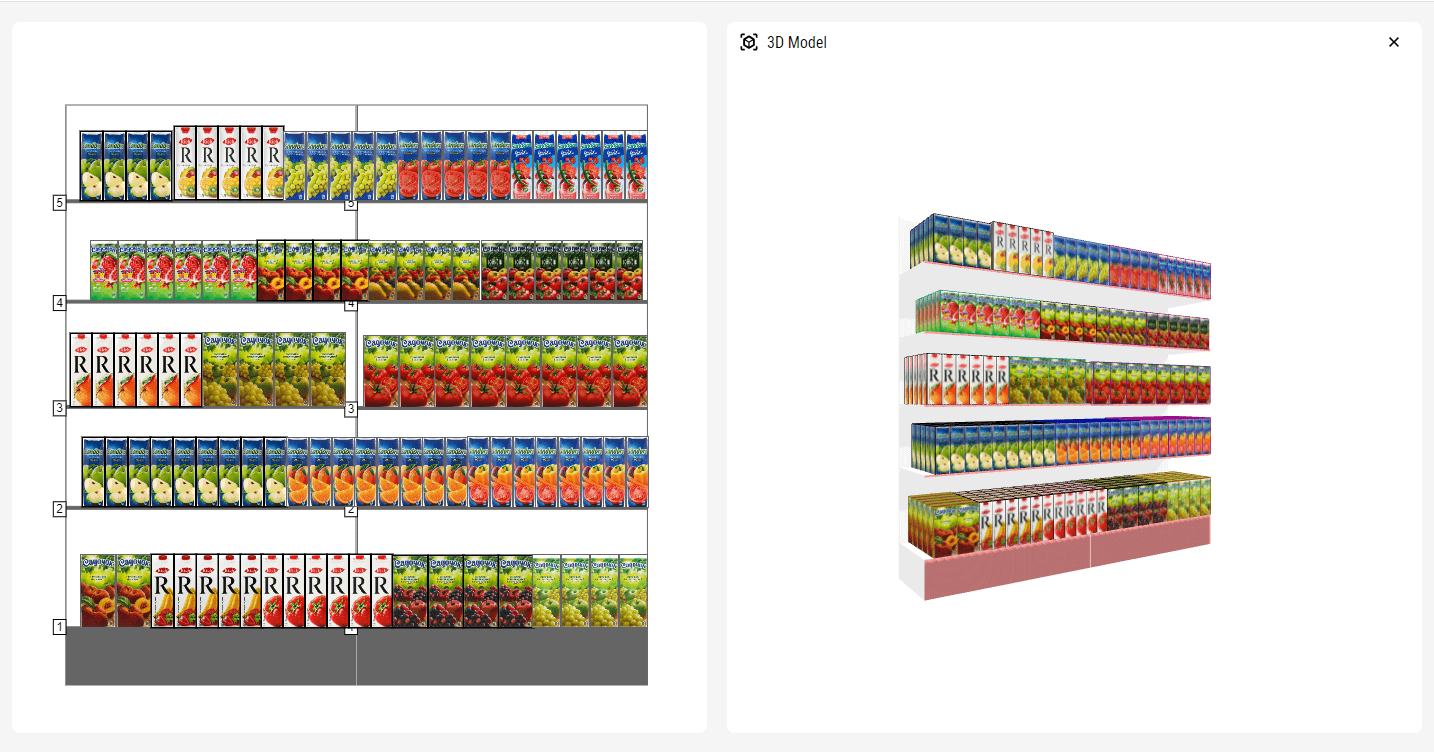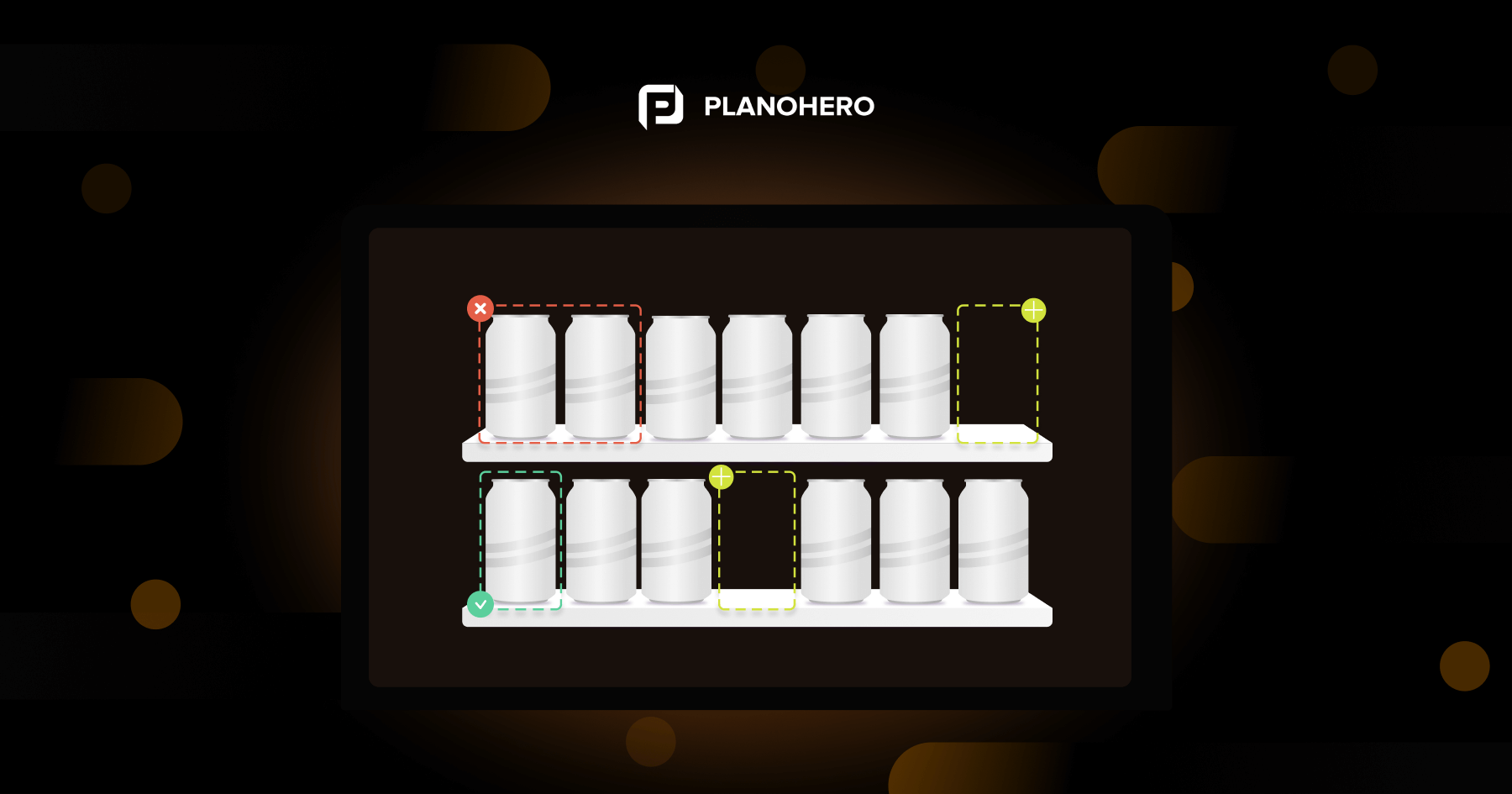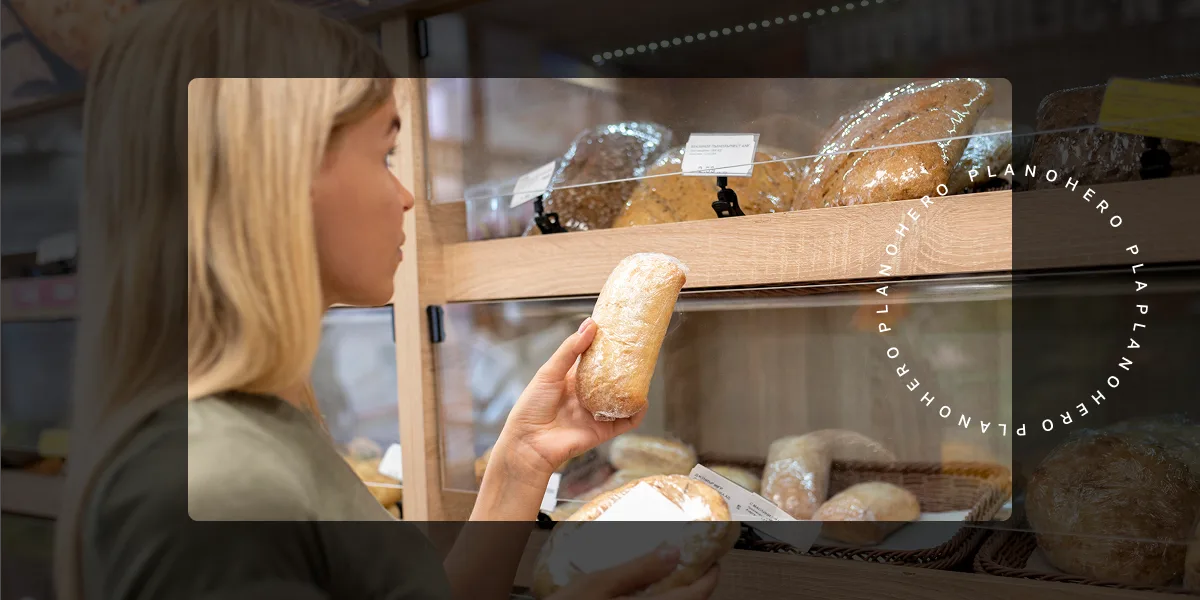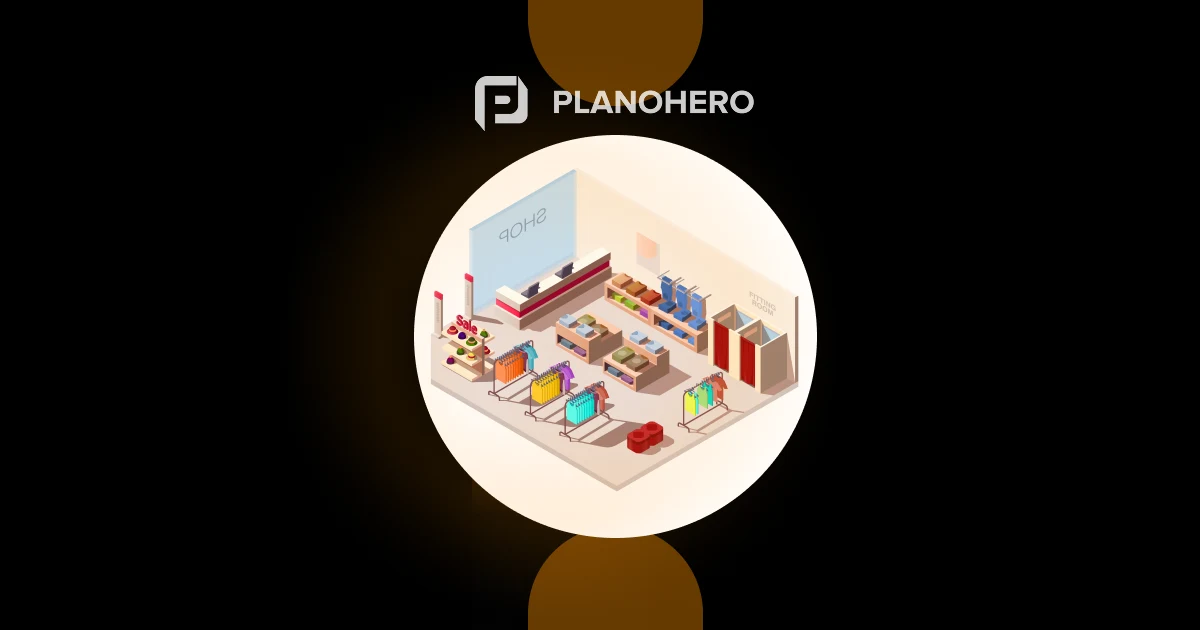Table of Contents:
- What is the right planogram in a grocery store?
- Secrets of displaying goods in the store
- Evaluating the effectiveness of shelf layout schemes
- Conclusion
High-quality and efficient merchandising in stores requires category managers (and others responsible for grocery store displays) to focus on the layout of goods on the shelves. The question arises about what kind of display scheme to choose for the windows so potential customers notice. Moreover, it is essential to keep a loyal customer who will keep coming back, buying goods, and increasing their average receipt. That's why retailers need to take care of in-store merchandising in the face of constant changes in retail.
We have already explored how to make customers make unexpected purchases. The most important thing is a well-thought-out shelf layout. Consumers' tastes are constantly changing and becoming more demanding regarding what attracts their attention. Competition is continuously and rapidly growing, so the key to increasing sales is correctly bringing products to the forefront. Our article was created to study customer behavior and understand what a modern consumer needs attention regarding effective merchandising in grocery stores.
What is the right planogram in a grocery store?
Merchandising that increases sales is a comprehensive approach based on the fundamentals of marketing and retail. The shelf layout should provide easy access to goods, increase sales and average receipts, and increase the number of loyal customers.
It is the shelf display that becomes a critical point of communication between the store and the consumer. Effective display of goods begins with the correct arrangement on the shelves, where the design of each display plays a crucial role in capturing attention. That is why attractive designs, color schemes, accentuating light, etc. are used to create the aesthetics of the store's displays. Working with the product matrix, expanding or updating the assortment, and keeping the displays clean creates a positive impression on consumers. A well-designed product planogram makes it easier for customers to find the right products and influences their purchasing decisions through visualization and attractive presentation.
Thus, the right planogram in a grocery store is not only about the products on display, but also about the ways to draw attention to them: brand display, shelf placement in the retail space, attractive advertising design, and other aspects of successful retail. Retailers need to be one step ahead of trends, so analyzing customer behavior is an essential part of business intelligence. After all, customers ultimately buy only the products they see. This requires store owners, category managers, or other officials to experiment with shelf displays and rely on internal merchandising in their overall development strategy.

Secrets of displaying goods in the store
You must admit that there are some grocery store chains where it takes time to find the right product. This is internal merchandising, which is created without logic and specific patterns. It's worth talking about competent shelf display and how to conduct planogramming.
By its very nature, a planogram is not just advertising but a complex campaign that combines strategic plans, advertising elements, and marketing basics. It's a process based on presenting products in a way that attracts attention and pushes people to buy. Your business can promote its products, increase sales, and build customer loyalty if it's all set up correctly.
In large retail chains, planograms are developed by the marketing, merchandising, or sales department. The exposition is approved by the head office and sent out for execution directly to the outlets. Store managers are responsible for executing the display of goods per the planogram. This has a direct impact on sales growth.
Previously, arranging goods according to shelf layout schemes required much time and effort from the staff. All planogram changes and clarifications had to be coordinated manually and with different departments, which took a lot of time. Therefore, modern merchandising management systems, such as PlanoHero, have emerged that offer interaction with shelf displays and automate the merchandising process. In addition, it allows you to track the display of goods by planograms using a smartphone or tablet.
PlanoHero is a service that automates the process of planogramming, from creating planograms to controlling the display in the store.
Evaluating the effectiveness of shelf layout schemes
Each outlet has a minimum number of products that must always be displayed. The resources the chain spends on stocking are the main component of the company's funds, so the availability and analytics of this information are critical.
If managers use systems for automating internal merchandising, such as PlanoHero, then managing planograms is a fairly easy task. The placement of goods on the shelves is a clear algorithm determined by the company's strategy by the layout schemes and the company's development strategy. Accordingly, high-quality management of shelf displays affects inventory, which, in turn, affects the company's funds.
Therefore, evaluating the effectiveness of the display according to the planogram is a key aspect of retail. Determining the effectiveness of product displays can be done using various methods:
- sales analysis (to understand the demand and effectiveness of the display area)
- inventory assessment (taking into account the use of warehouse space);
- calculation of staffing requirements (to ensure the maintenance of goods on the sales floor).
Making changes to planograms based on this analysis significantly increases the efficiency of retail space use, as it allows you to optimize the placement of goods on the shelves based on the profitability of each item.
Conclusion
The key to modern merchandising success is constantly experimenting with different strategies for displaying goods on the shelves. Retailers should assess risks and be one step ahead of trends. They should constantly analyze customer behavior, monitor the effectiveness of internal merchandising, and respond to changes in customer preferences.
Store merchandising is a critical component of retail business processes. It involves various methods, such as creating beautiful showcases, using attractive promotional materials, and skillfully placing shelves in the right places.
In such cases, systems for automating internal merchandising, which offer various solutions and methods for effective planning, come first. Therefore, retailers should pay attention and look for services for their work.
Looking for a service to create planograms?
Try a free demo version of PlanoHero




